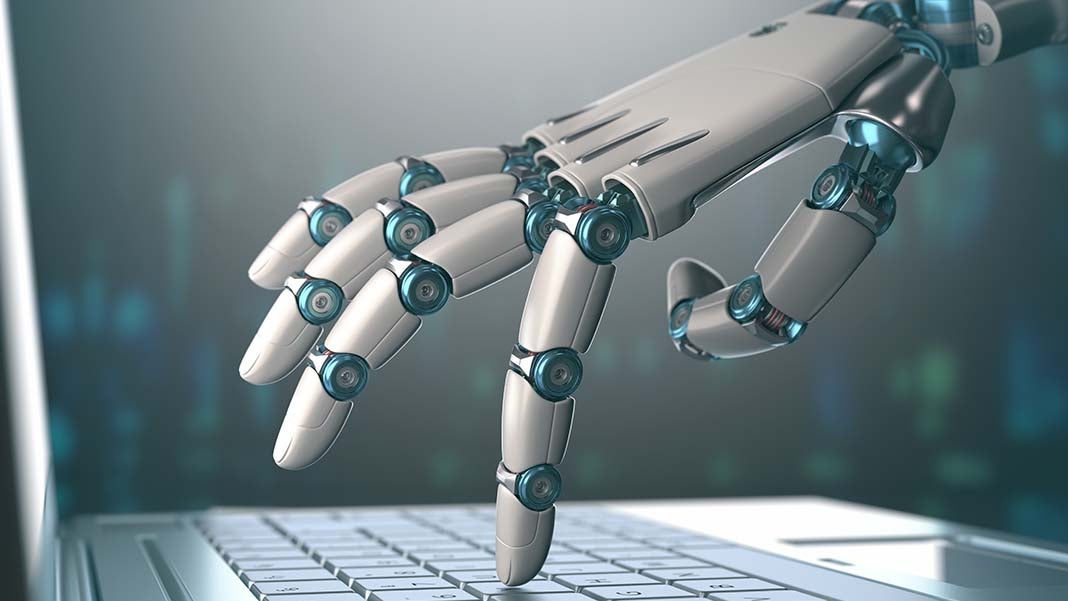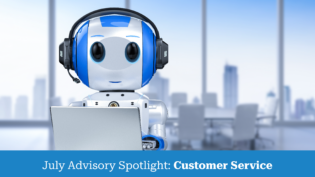
Becoming all-pervasive, Artificial Intelligence (AI) is likely to replace humans in the cybersecurity field by 2031, with hackers using more advanced and sophisticated tools. In a new report, Trend Micro, a cloud security firm, has stated that more than two-fifths (around 41%) of IT leaders have a perception that AI in cybersecurity can replace their jobs by 2030.
Only 9% of people believed otherwise. Also, 32% of people said that AI might work toward automating cybersecurity completely. Not just that, one in five think that even attackers may use this technology to improve their skills by 2025.
Talking about cybersecurity, it has been facing a shortage of staff for a while now. Attacks, with each passing day, are becoming more frequent, targeted, and sophisticated. As per Ponemon Research, an average breach reportedly costs $3.6 million to a business, which can also increase up to $350 million, based on the operational scale of the company.
More or less, today, every business is relying on connectivity. On top of that, a shift to remote working has demanded more secure and trusted network infrastructures. However, finding skilled professionals who can manage and deploy seamless cybersecurity initiatives is turning out to be a struggle. There are millions of positions lying unfilled across the globe.
Naturally, the shortage of employees and the technology evolution is bringing automation to the centre of the limelight. In the end, those who are taking artificial intelligence courses get to be familiar with such tools that will eventually decrease the growing burden on existing professionals.
Is AI Required in Cybersecurity?
In terms of introduction to artificial intelligence, you get to know about the basic factors of AI-enabled algorithms and programs, which prove that they are able to collect data, assess it, make decisions with an understanding of results and learn from the outcomes. This is the primary reason why applying artificial intelligence to cybersecurity is going to bring new, improved defensive promises but challenges to cybersecurity.
There is no denying the fact that cybersecurity is constantly becoming the need of the hour as the exponential increase in both consumer and business data has given rise to common breaches. Some of the regular breach causes are:
- Stolen or weak security credentials, such as passwords
- Permissions’ maladministration
- Malware present in the form of phishing scams, ransomware and viruses
- Back doors via vulnerable applications
- Social engineering
- User error and improper configuration in the IT system
- Insider threats
The increasing number of threats and attacks has encouraged businesses to adopt artificial intelligence to welcome efficiency and data defence accuracy. As expected, AI has brought new capabilities along. Hence, this technology makes it easier to develop smart threats and defences.
Earlier, hackers were skilled in programming; thus, they could code the malware and go through security protocols with ease. However, this is no longer the scenario. Malware, today, can easily be sold as an intelligent solution that needs a plug and play.
This brings non-expert hackers into the picture. This way, there turns out to be an ultimate increase in the number of cyberattacks and hackers.
How Can Artificial Intelligence Replace Cyber Security?
Appropriate AI in cyber security strengthens all levels of cybersecurity systems. It first collects and processes incredible amounts of raw data, detects attack anomalies, and then automatically processes it to improve the speed and accuracy of predictive system monitoring, threat detection, and incident response activities. Let’s take a closer look at how AI accomplishes all of these tasks.
- Identification and Detection of Attacks
All of the attacks (even the unknown ones) trigger network event tracking. By studying the fundamentals of artificial intelligence, you can adequately detect and analyse these anomalies to help determine the procedure(s) or the action(s) an attacker performed on your network.
In addition, they also inform how the attacker bets on the system, where he has been, where he is going, and his possible targets. Finding and analysing clues about this networking event turns a truly unknown attack into a known one. As a result, you can react accordingly and prevent it in the future.
- The Power of Computing
Recently, cyber attackers have started using a variety of vulnerability points to destroy targets. As they pass through your perimeter, they perform multiple actions and reach the files, networks, protocols, and systems.
In essence, abnormalities can appear almost anywhere. If all of the data can be analysed and processed through network traffic and investigation logs, all these threats can be detected.
Plus, by deploying a big data-driven, AI-powered platform, you can process the amount of data you need just by finding, analysing, and sending a danger signal.
Companies Merging AI and Cybersecurity
The process for merging these two technologies has already begun. There are plenty of companies that are already doing so. Here are some examples:
Based in Seattle, Washington, Versive is helping organizations and businesses discover crucial threats; thereby, saving time that would have been spent on identifying alerts that don’t require instant attention.
The Versive Security Engine (VSE) is using AI to distinguish critical risks from regular network activity, discovering activities’ chains that result in attacks and enabling security teams to stay ahead of the attacks.
This one is located in Boston and is a cybersecurity analytics platform that offers threat monitoring, analysis and hunting. It offers more visibility within the security environment of organizations and companies.
Along with that, Cybereason also provides the ability to stay ahead of threats. Its AI-powered hunting technology comprehends whether a company is under attack or not. Typically, threat hunting needs substantial resources.
However, this firm has automated the job so that the security teams can gain benefits, irrespective of their skill levels and sizes.
Tessian is established in New York and has an AI security platform that averts data loss, spear-phishing and breaches from harmful emails. The company is in the arena of developing customizable email filters that take out suspicious and malicious activity in both outbound and inbound emails.
Along with that, the platform also offers a real-time dashboard to help security teams keep up with their infrastructure’s health.
Is Artificial Intelligence Going to Create or Destroy Cyber Security Jobs?
Systems driven by AI in cyber security have already commenced the replacement of human intervention in different industries. However, this doesn’t seem to be the situation in cybersecurity so far.
While automation is capable of decreasing operational errors and making it seamless to complete tasks, using AI to detect cyber attacks may not be practical completely as these systems may generate a large number of false positives.
AI, in a way, is lacking contextual awareness, which may lead to the wrong identification of attacks. Or, in some cases, they might get missed completely. After all, it is obvious that automated machines are not adept at dealing with something that they have not been programmed to.
Eventually, the need for human expertise will be there to assess potential breaches or risks and make essential decisions. Thus, it should be kept in mind that completely being dependable on artificial intelligence to handle security will only create more vulnerabilities.
The Support of Automation for Cybersecurity Professionals
If supported by adequate tools, humans can do a much better job. They can concentrate on critical tasks where an algorithm or an automated machine turns out to be inappropriate.
As far as cybersecurity is concerned, AI can do a lot of legwork at scale in analysing and processing data to help make the right decision. Ultimately, humans and AI can easily work together.
So, if you are thinking of entering this industry, you can easily find an artificial intelligence certification course online that will help you master the technology with ease.
9709 Views














